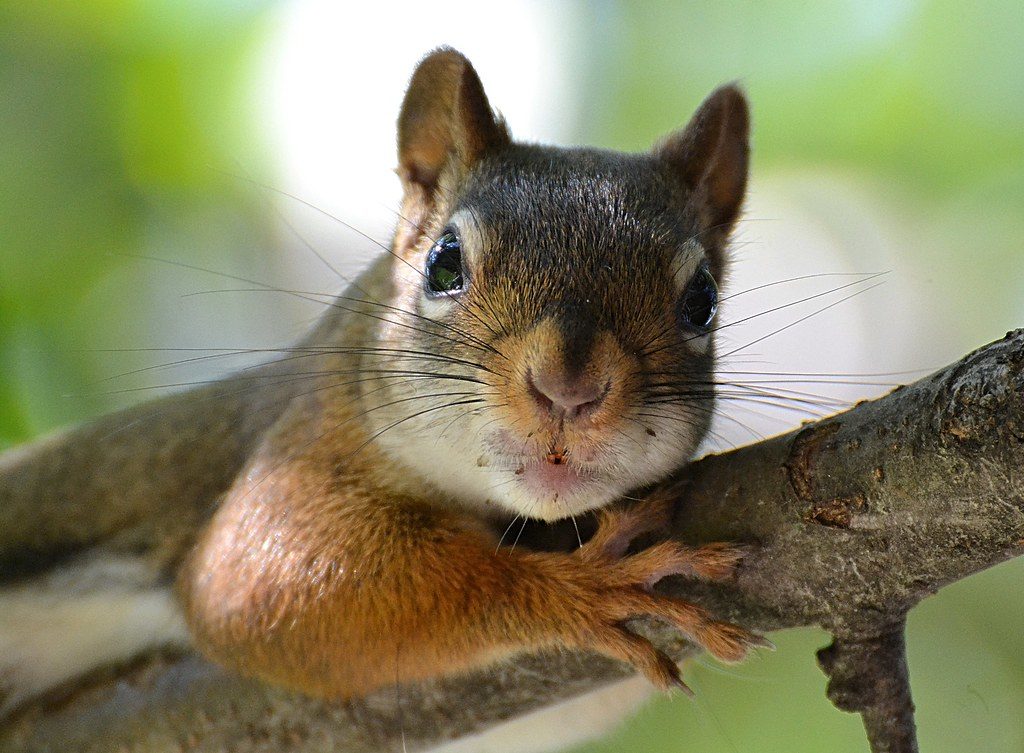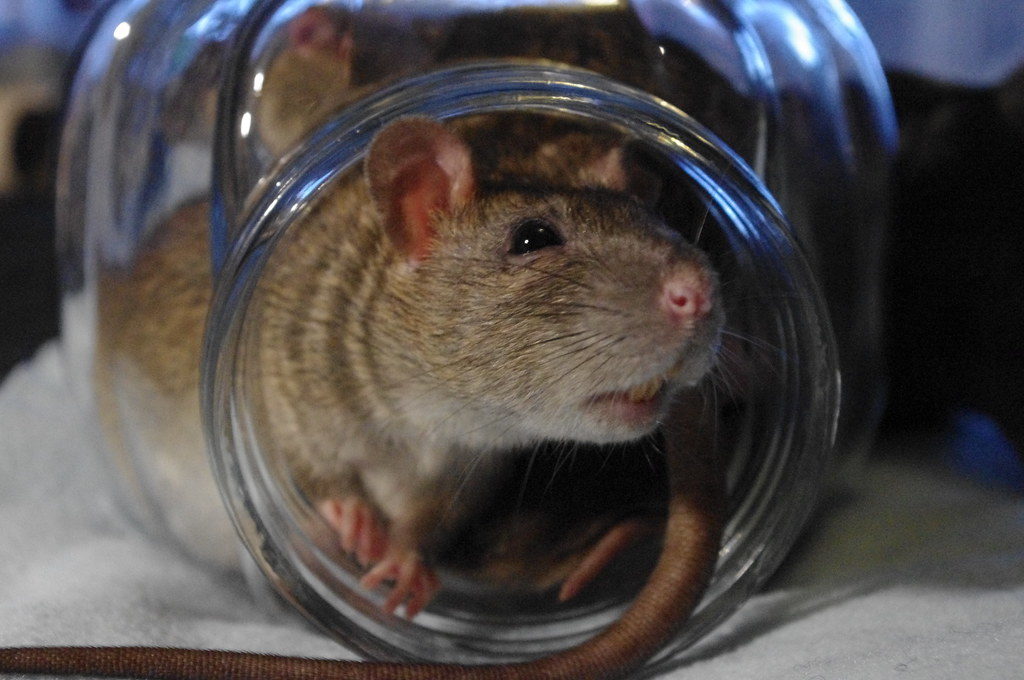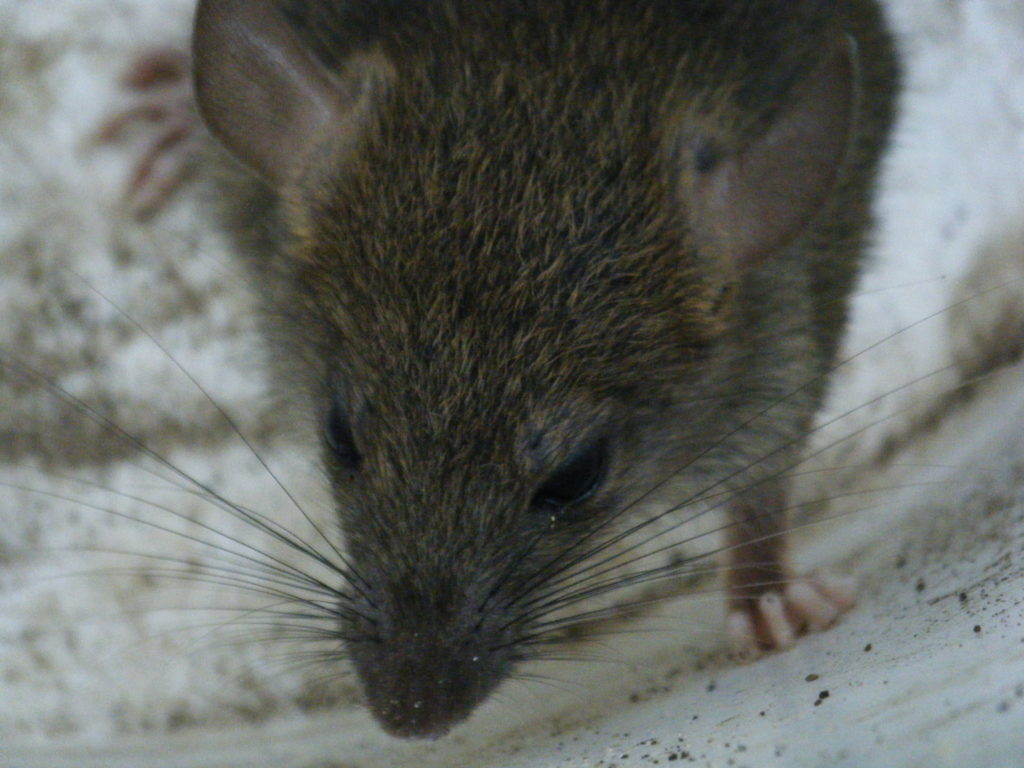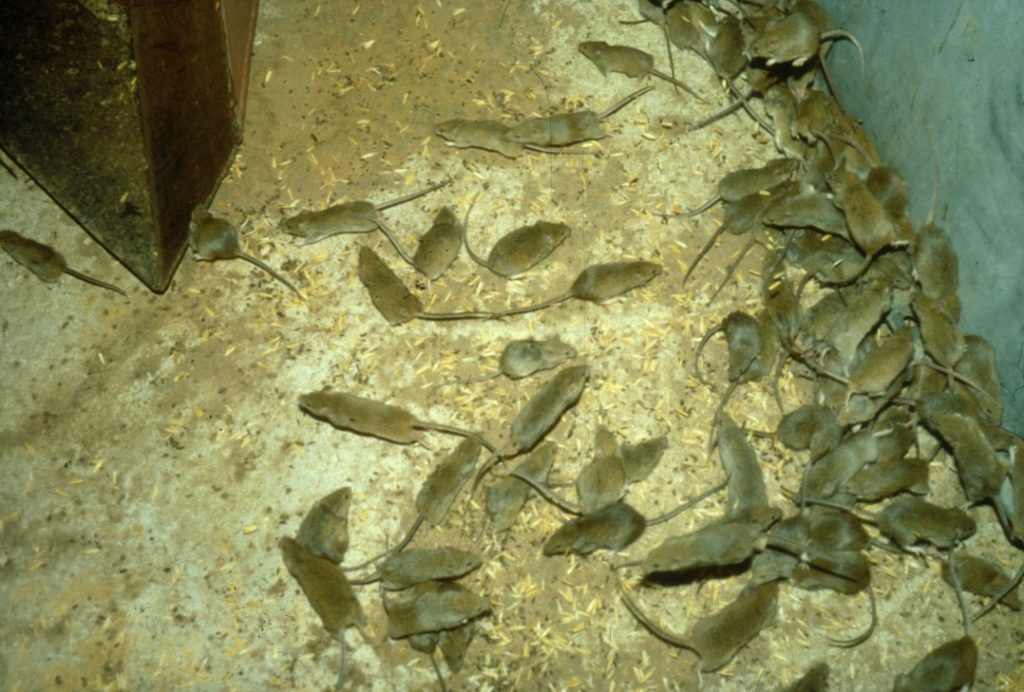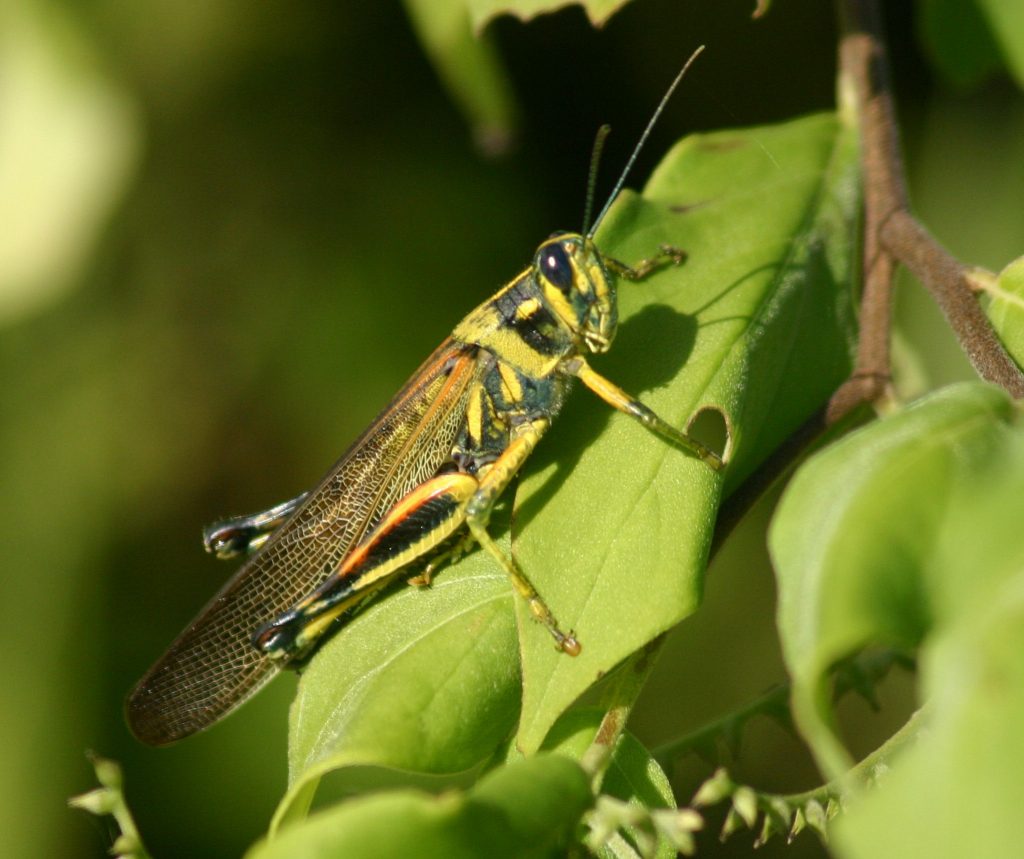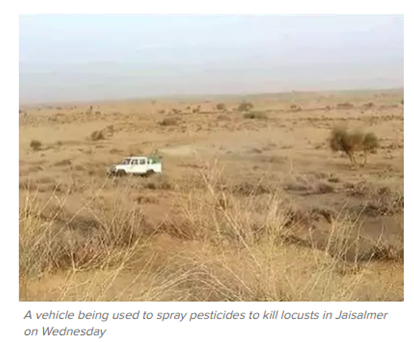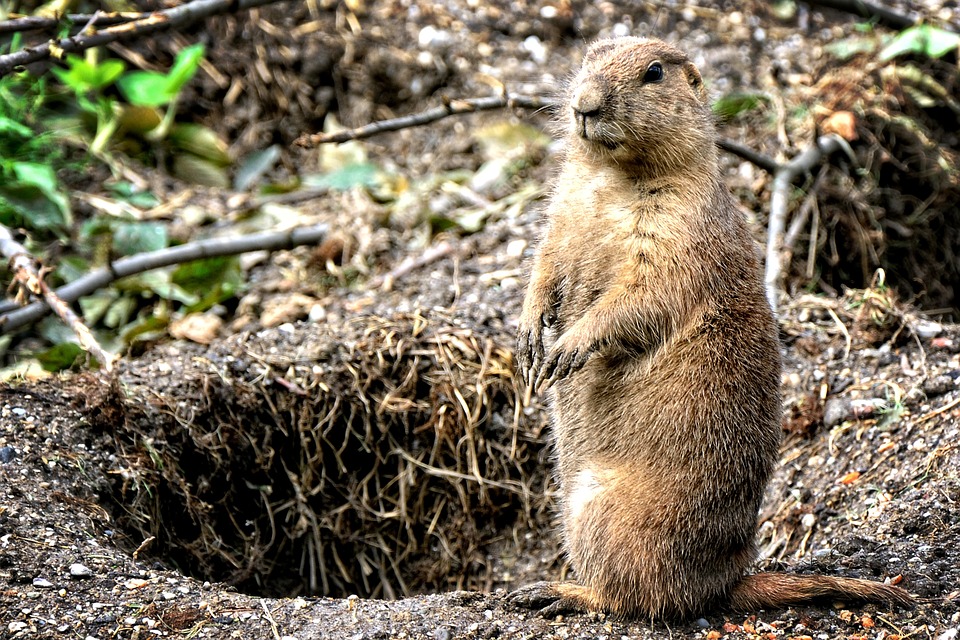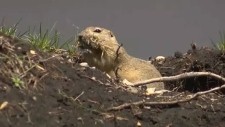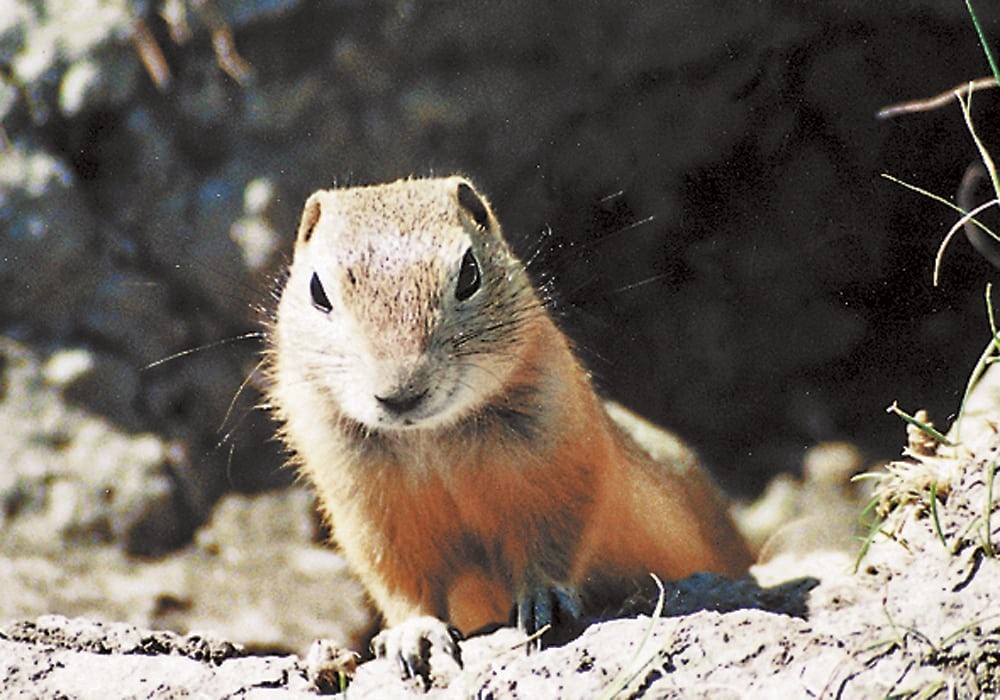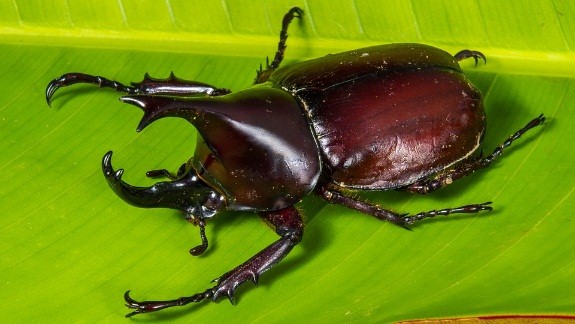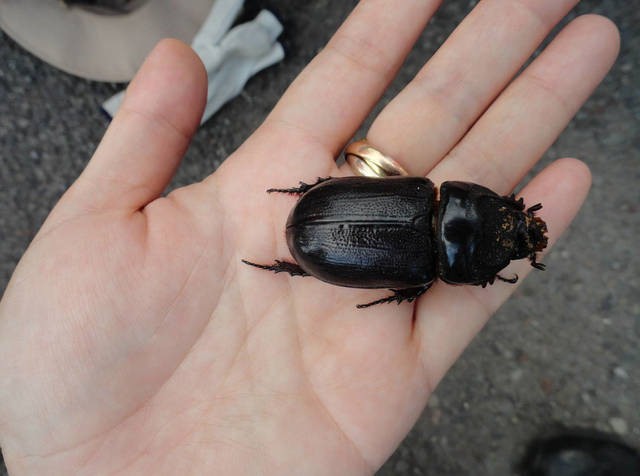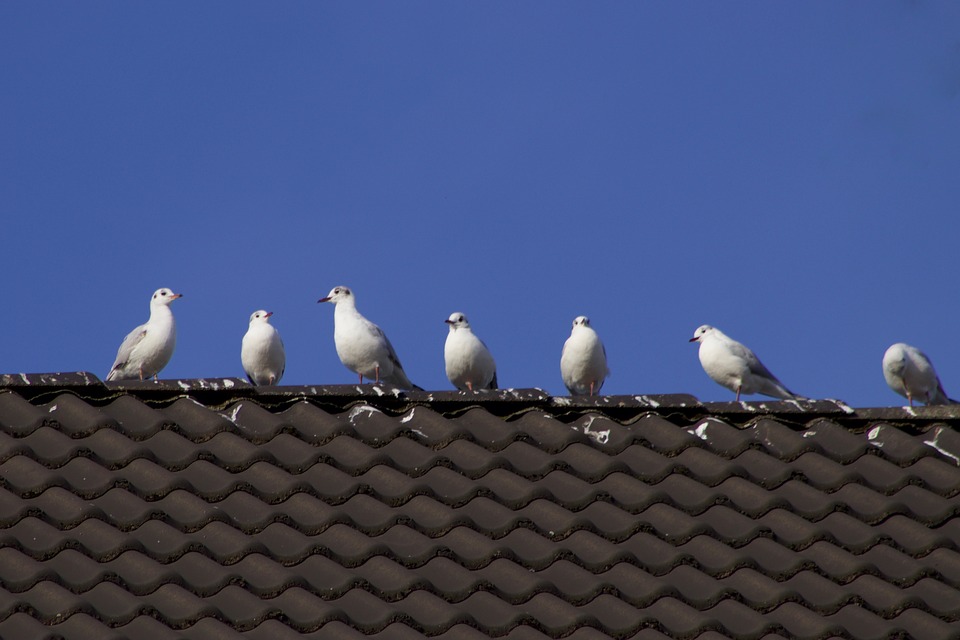
They are the inspiration to the path of freedom, they are an inspiration to dreams of touching the sky, they adorn the sky with their beauty, and they are an inspiration to flight. They are the reason behind the invention of airplanes. They are Birds.
The species which decorate the skies have gradually but surely become a nuisance for humans.

The birds that most often come into contact and conflict with humans are sparrows, pigeons, and starlings. When they decide to nest and roost on the roof, problems arise. They want a safe place to lay a nest. The roof provides them with a good safe living environment.
Sparrows, pigeons, and starlings are very messy when they are making their nests. They can spread out over several feet interfering with the chimney pipes and vents that are on the roof. It can be easy to spot if the pest birds have gotten a start on their nest building; protruding sticks and other debris, along with bird droppings. Sparrows are known to enter hidden away areas like broken roof tiles and can fit into an area the size of an egg.
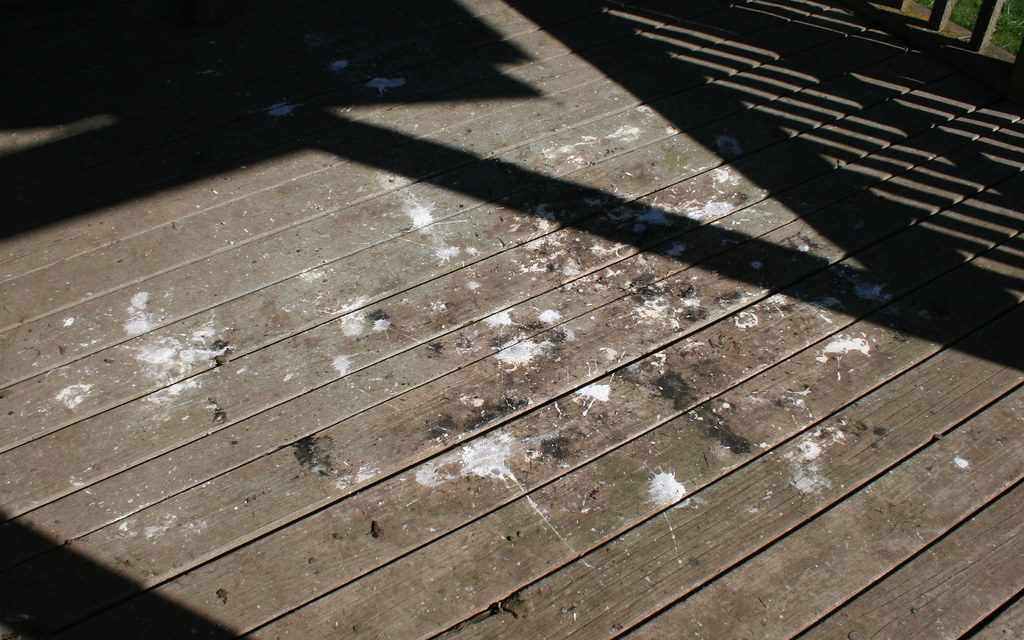
There are also health hazards involved. The bird droppings and debris if by chance come in contact with people, they can cause infection. Similarly, if the chimneys and vents are blocked by the twigs and pest debris, gases like carbon monoxide may not escape and create a huge ducting problem leading to poisonous gas accumulation in confined places like the kitchen, living room, etc.
Fleas, mites, and ticks are also commonly found in bird droppings. Inhaling the spores that are released when the bird dropping and nests are disturbed can cause very dangerous conditions such as histoplasmosis. Histoplasmosis is an infection that can vary in symptoms and seriousness. It usually affects the lungs. The lung infection can be short-term to chronic. Eliminating pest bird droppings is serious business and is an issue that should not be dismissed.
‘We’re getting concerned’: Bird waste causing damage to major bridge on Oregon coast
July 11, 2019
ASTORIA, OR (KPTV) – Thousands of birds have taken over a major bridge on the Oregon coast, causing a major headache for the Department of Transportation.
According to the Oregon Department of Fish and Wildlife, as many as 10,000 double crested cormorants have set up shop under the Astoria-Megler bridge, building nests, and leaving behind a major mess.
“There’s so much now, excrement covering the bridge, we’re getting concerned about that,” Lou Torres, a spokesperson for ODOT said.
Cormorant guano, it turns out, is highly acidic, so the droppings they leave behind on the bridge eat away at the bridge’s paint.
The most recent paint job on the bridge, which was just finished in 2018, cost close to $75 million.
In London, damage caused by pigeon droppings to monuments in Trafalgar Square is well documented.
The Historic Buildings and Monuments Commission in 1986 calculated that the annual cost for cleaning statuary was £14,000 and the annual cost for cleaning paving was £91,000.
Anti-perching wires, spikes, trapping have all been implemented but have failed in keeping the birds away from the structures. An effective solution is required to save the big bucks spent on the maintenance of these structures.
There is a solution with C Tech Corporation to keep the birds away from perching and roosting.
CombirepelTM Bird repellent gel lacquer is the product produced by C Tech Corporation to prevent the menace caused by birds. This product is specially designed to prevent birds perching and roosting.
It is available in the form of concentrate gel lacquer. The product causes the bird’s pain receptors associated with taste. Some birds use their sense of smell through which they recognize that the product is a threat. The product is specially designed to prevent perching and roosting of birds. Repellent evokes a physiological effect which the birds associated with a sensory cue and then learn to avoid it.
The product is anti-corrosive and water resistant and has no effect of UV light on it. The product is transparent and is compatible with most of the surfaces which are easy to apply.
Thus, using the bird’s sensory mechanism, we can get rid of them without causing them any physical harm.
Contact us at technical.marketing@ctechcorporation.com to keep the pests away.
Also, visit our websites:
1] http://www.ctechcorporation.com/
2] http://www.rodrepel.com/
3] http://www.termirepel.com/
4] http://www.combirepel.com/
Follow our Facebook pages at:
1] https://www.facebook.com/Combirepel-411710912249274/
2] https://www.facebook.com/Termirepel-104225413091251/
3] https://www.facebook.com/Rodrepel-120734974768048/
Follow us on our Twitter pages at:
1] https://twitter.com/rodrepel
2] https://twitter.com/termirepel
3] https://twitter.com/combirepel

